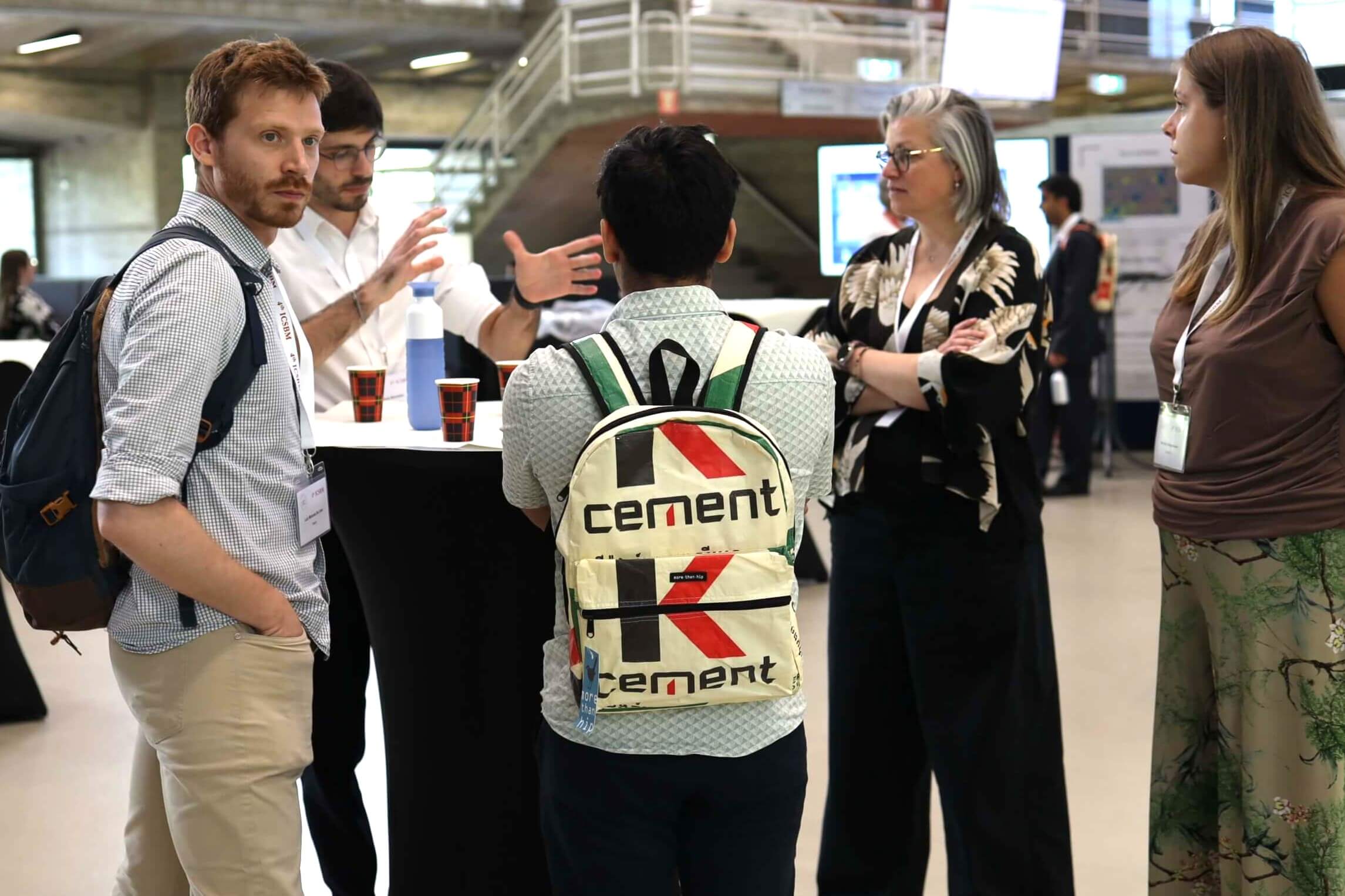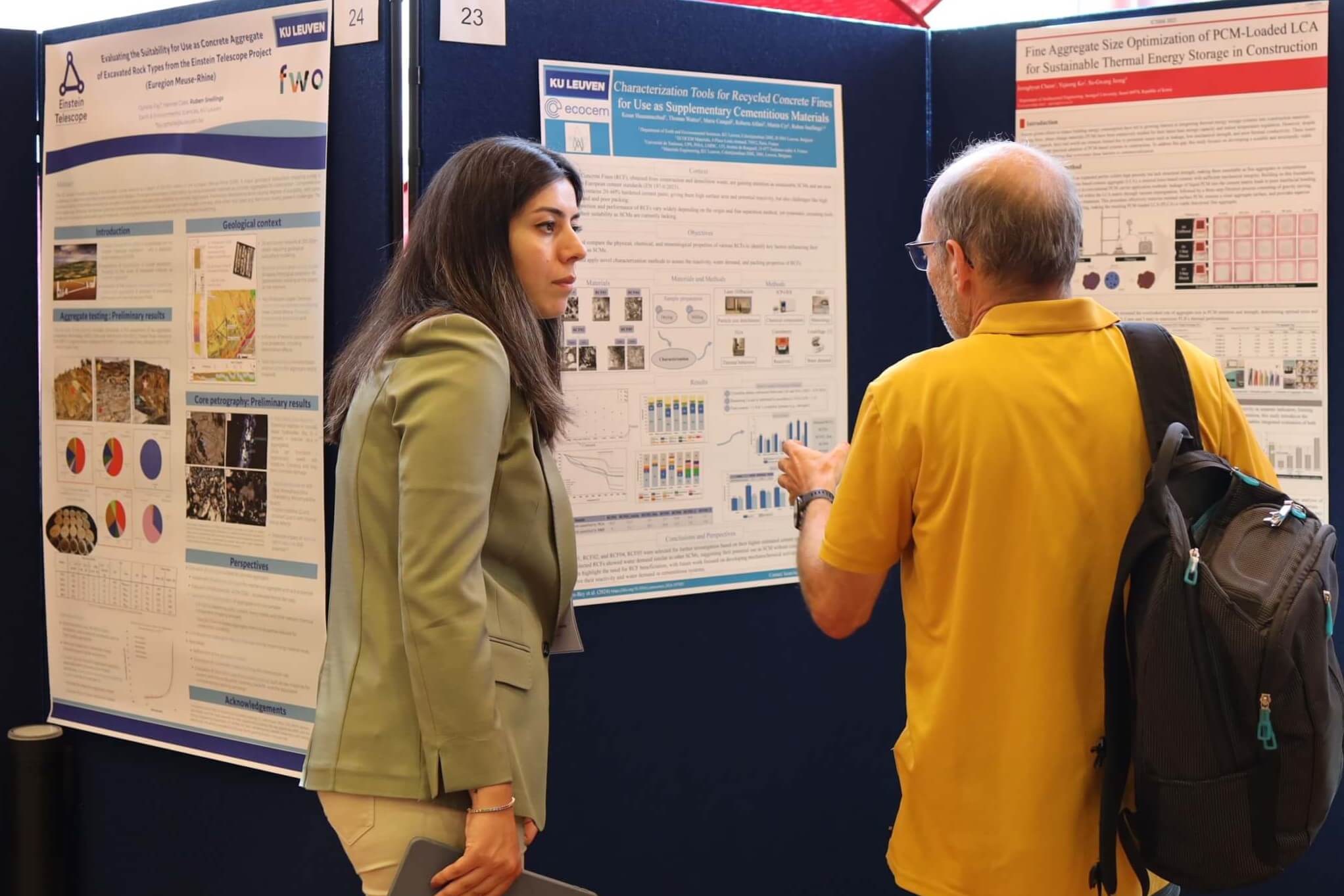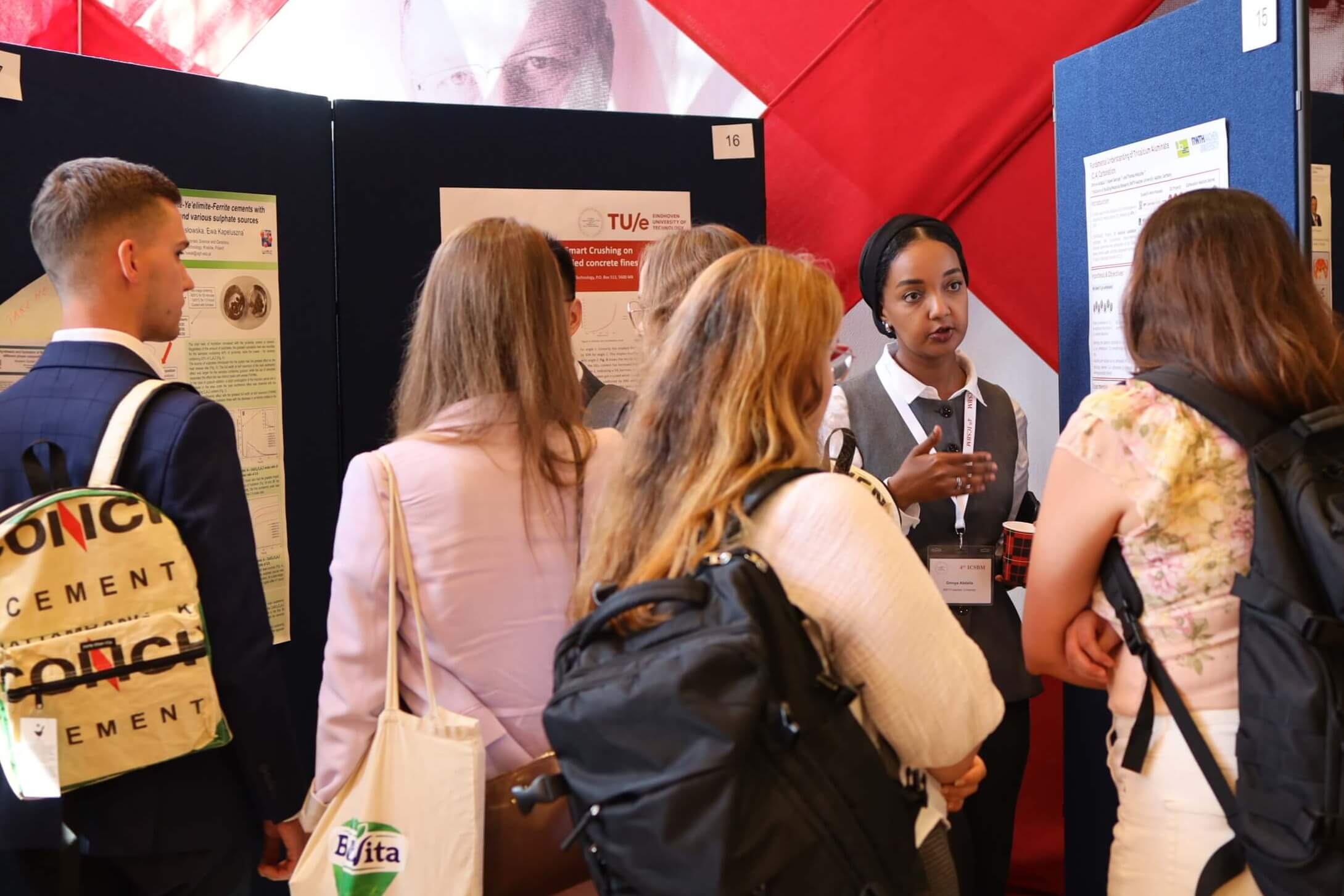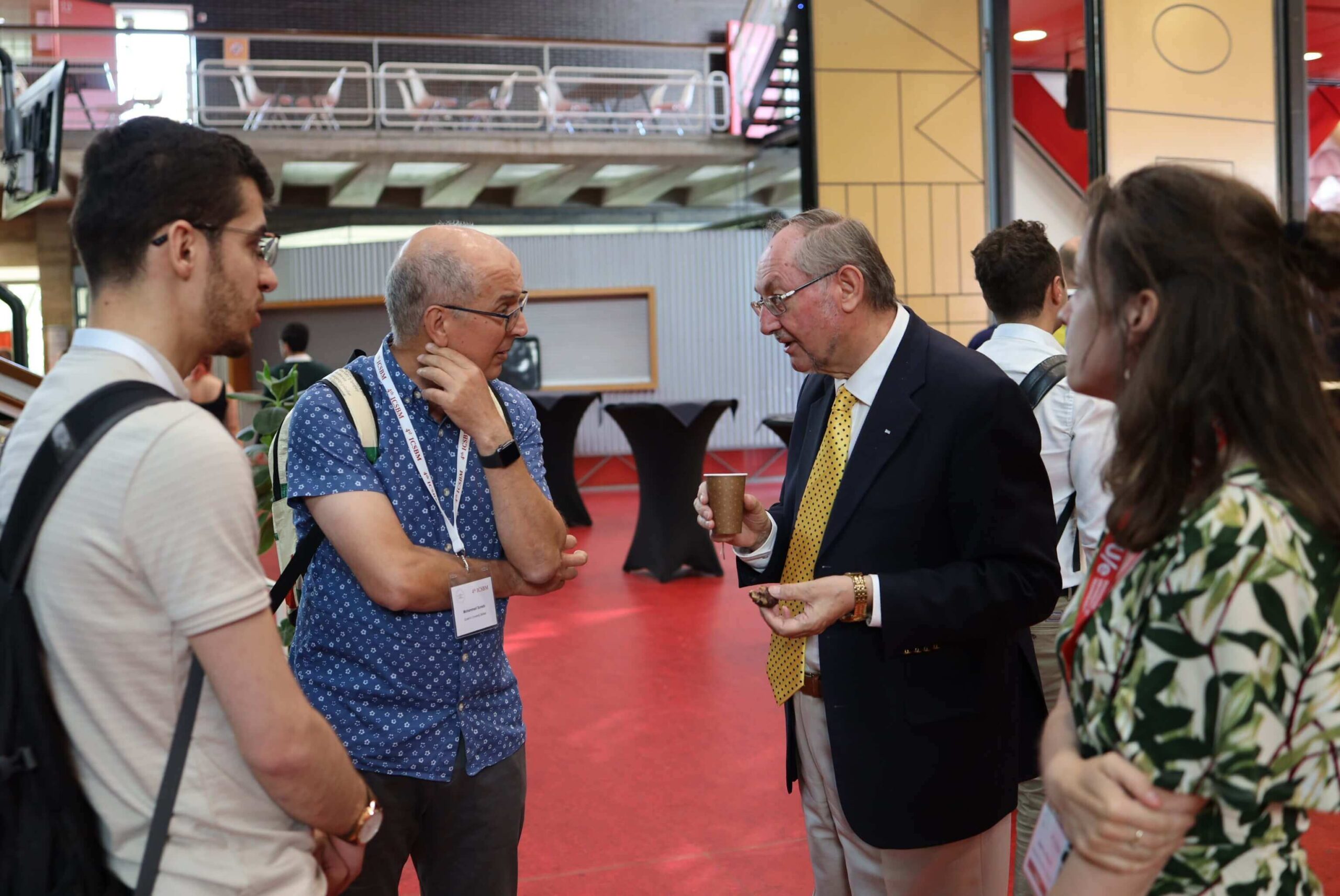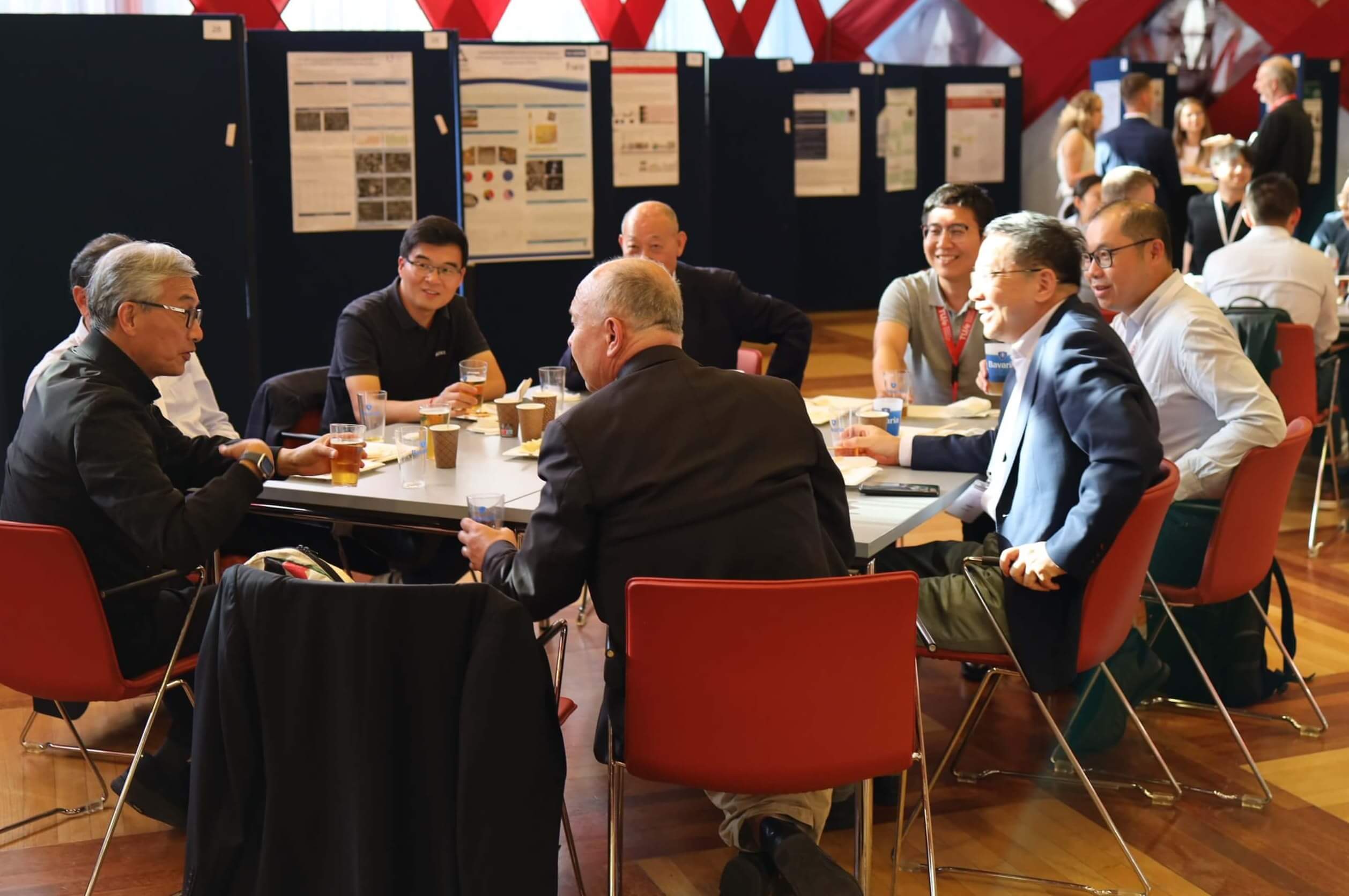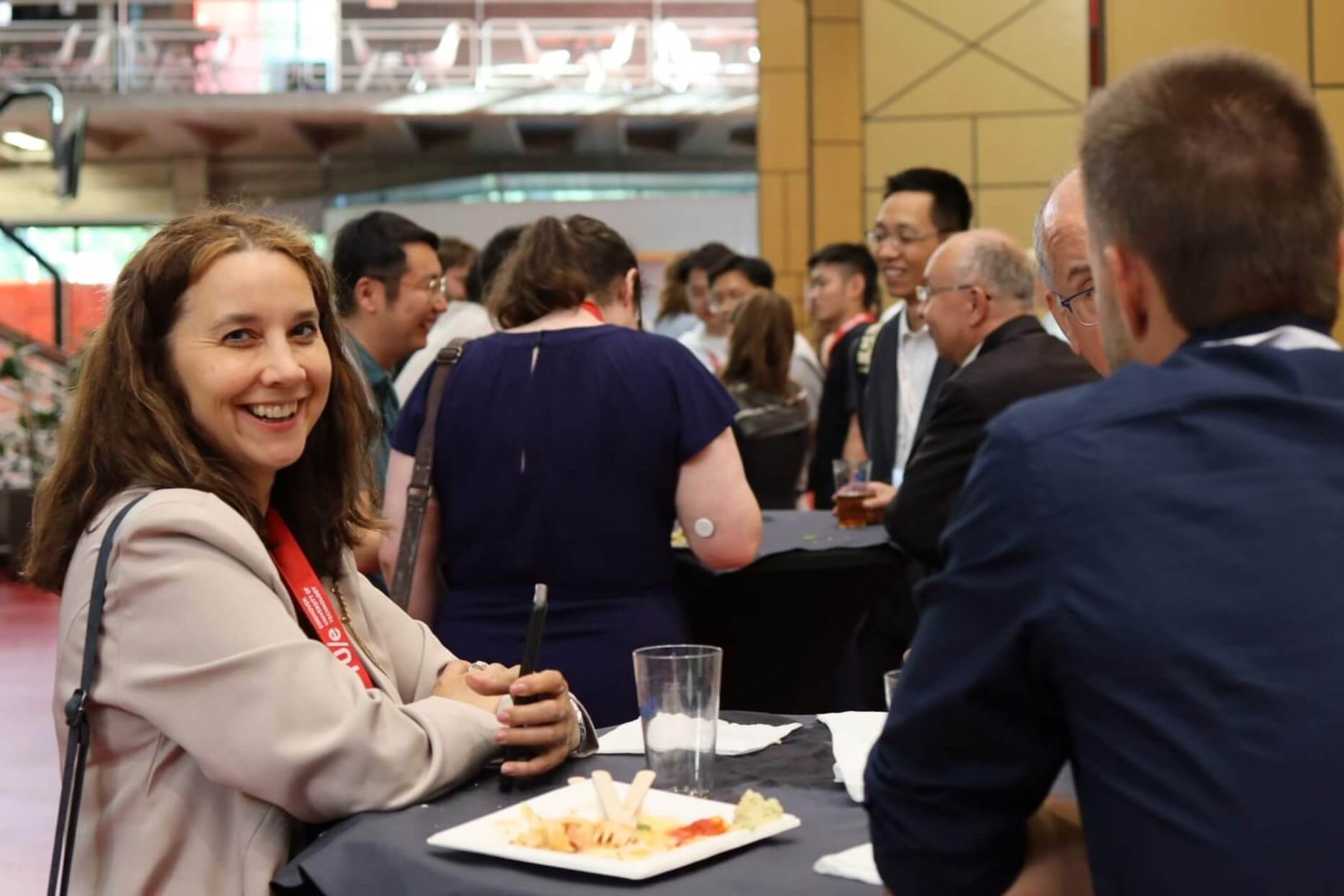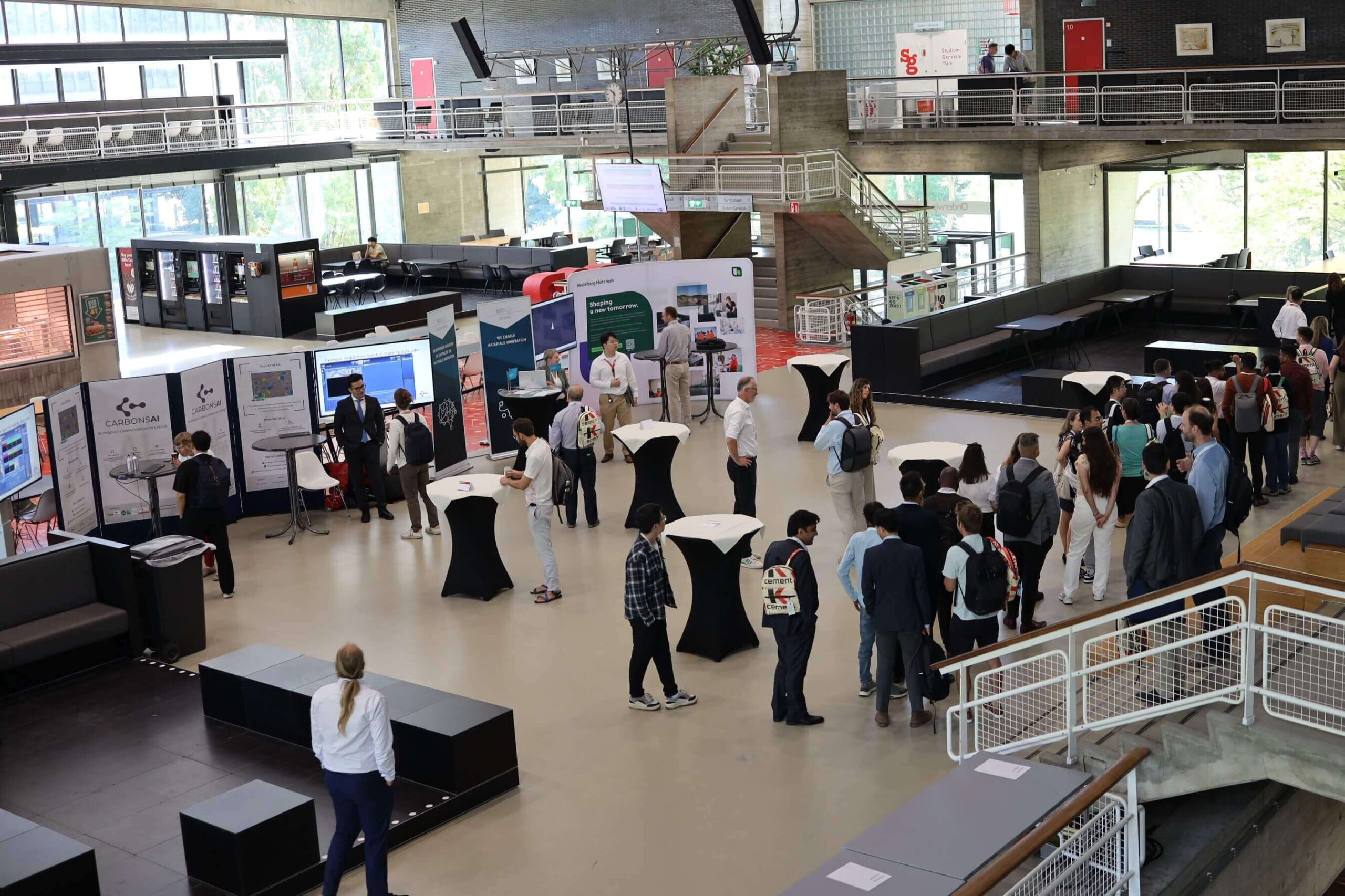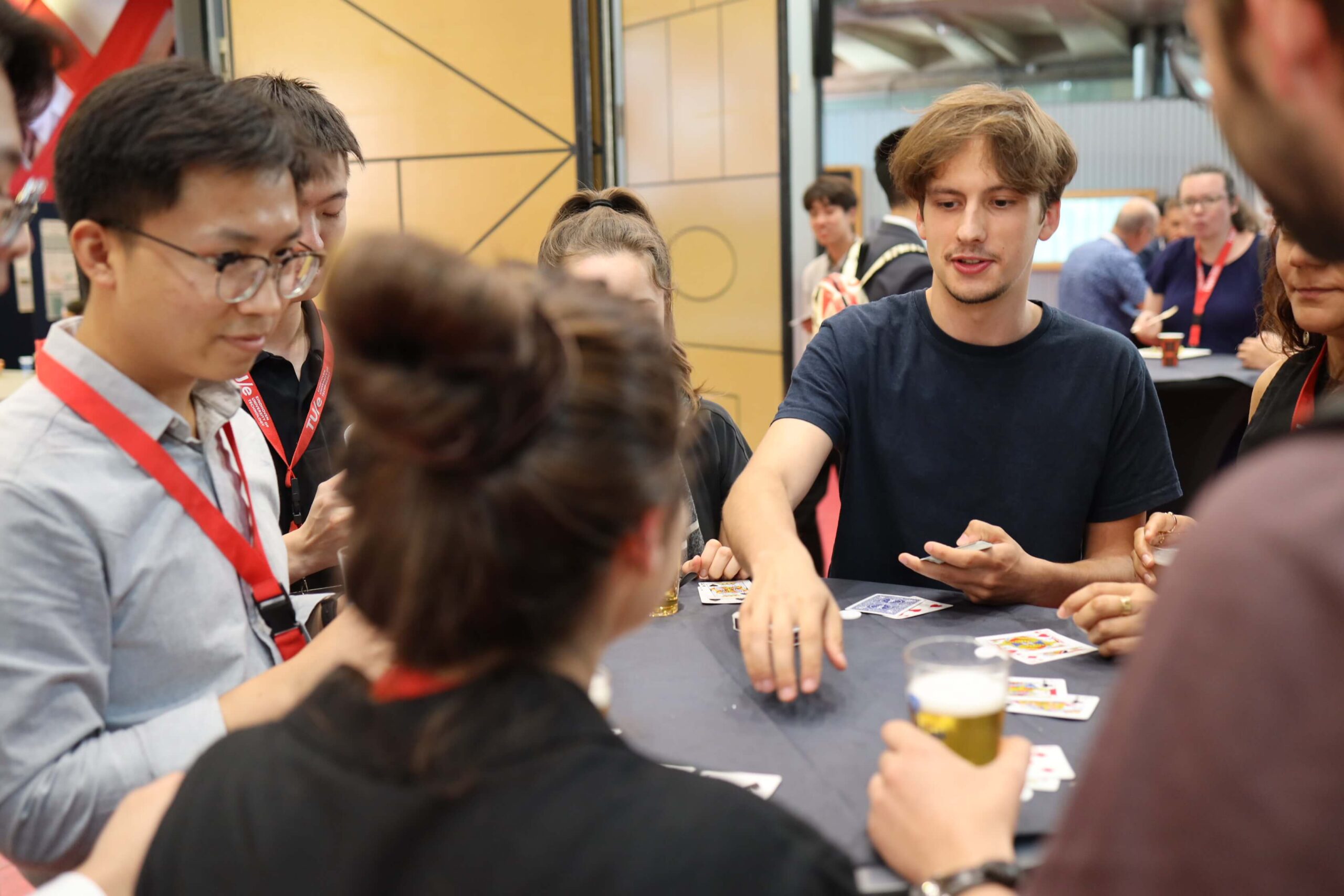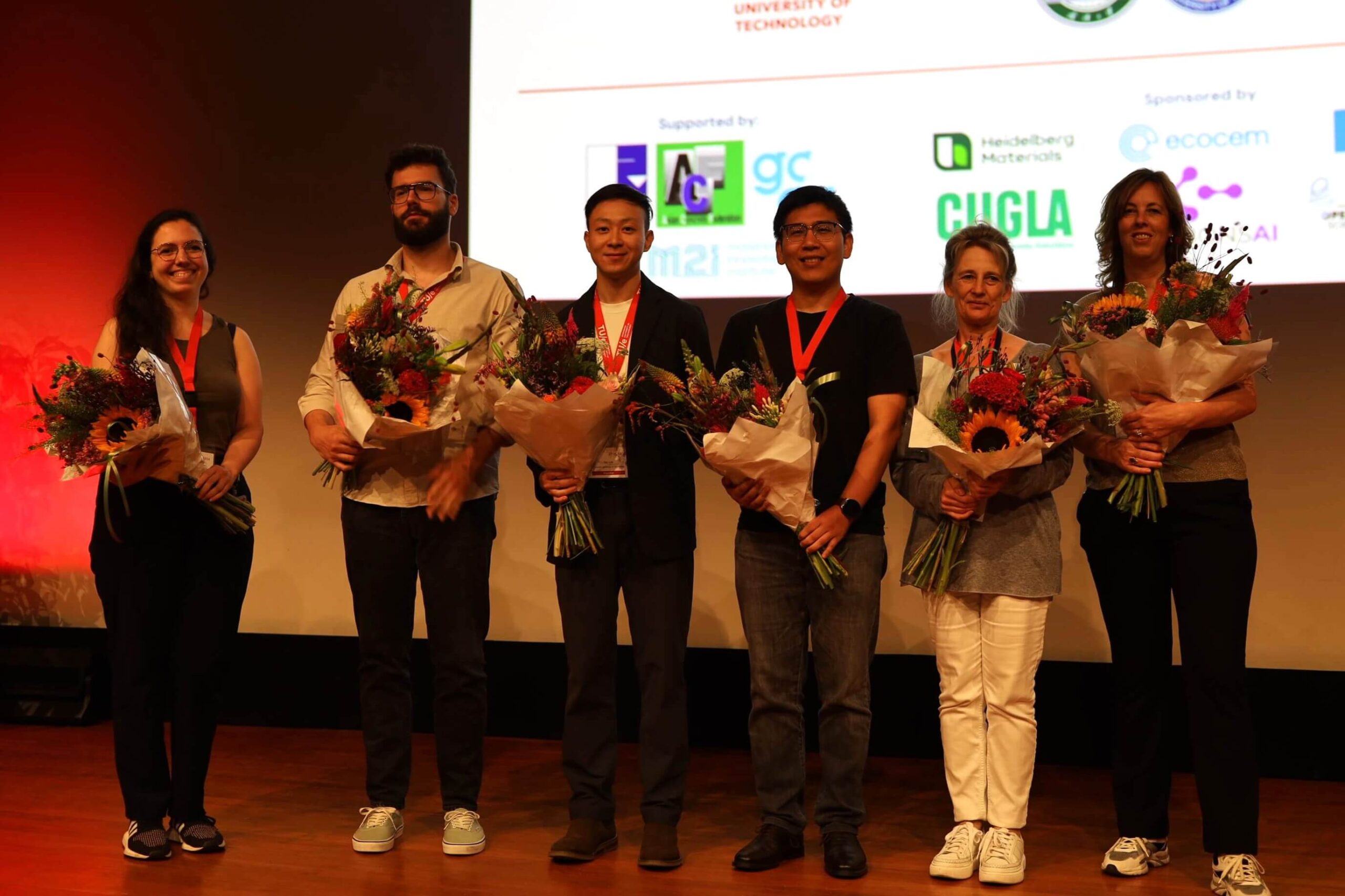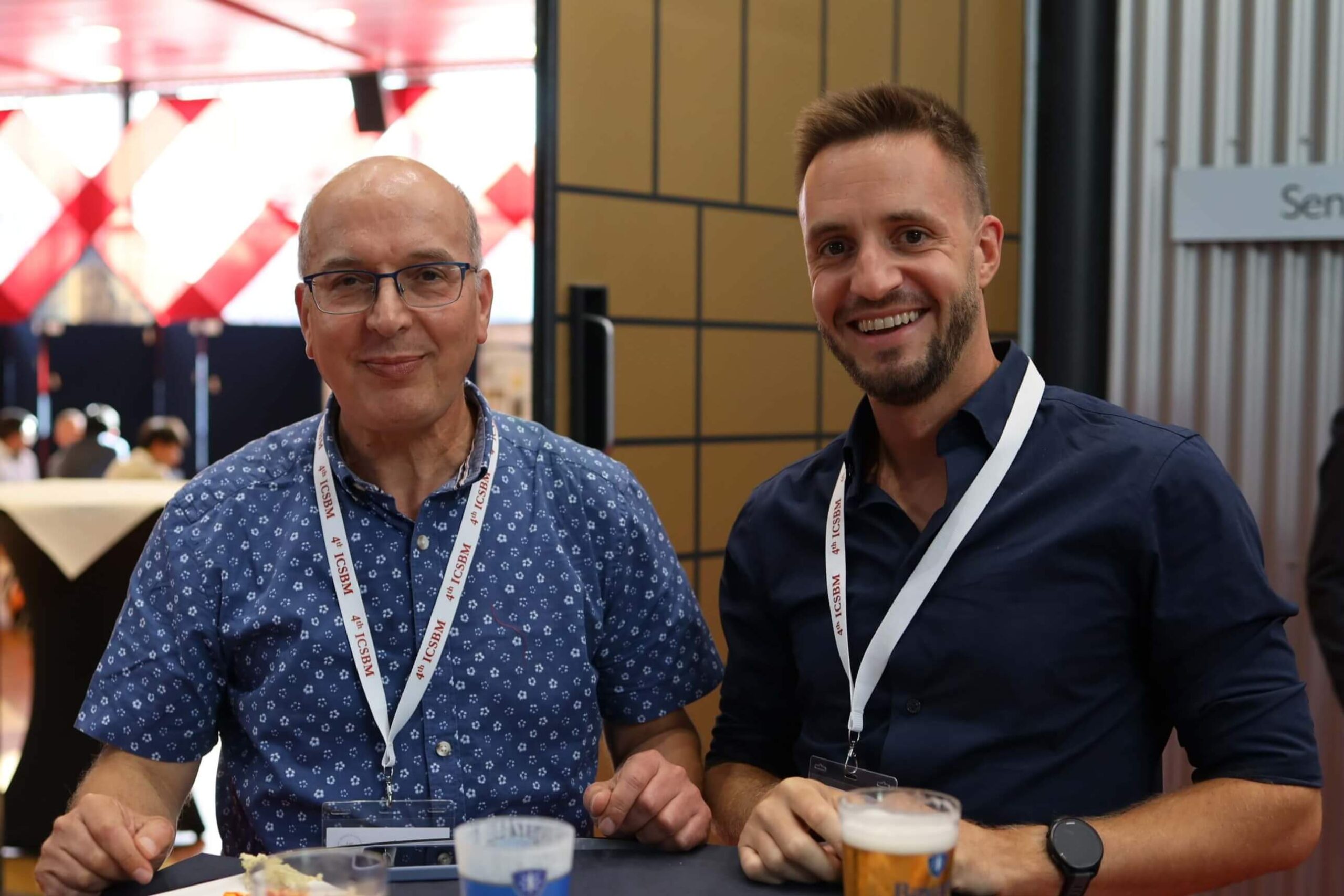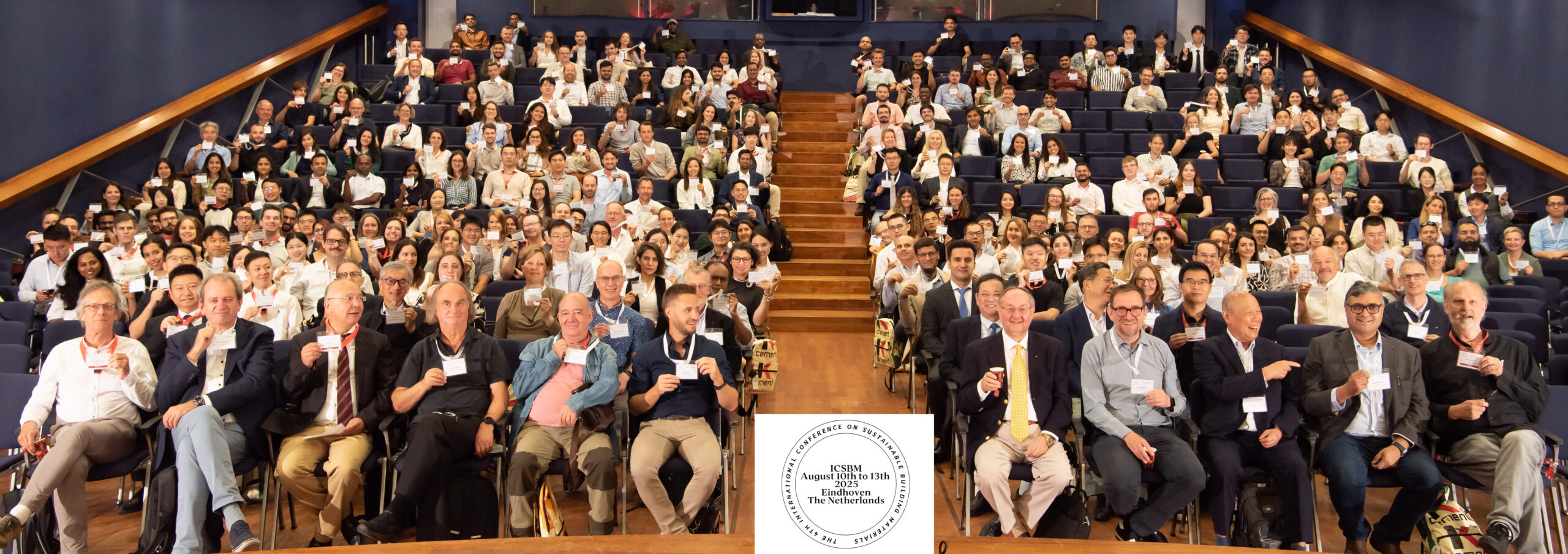
From 11 to 13 August 2025, the Eindhoven University of Technology (TU/e) became the meeting point for the sustainable construction materials community as it hosted the 4th International Conference on Sustainable Building Materials (ICSBM 2025). The event attracted more than 300 participants from 37 countries, reflecting its truly global reach. The programme featured 15 keynote speakers — each a recognised authority in their field — and 160 other oral and poster presentations, covering the full spectrum of research and innovation in sustainable construction materials. The conference was structured over three days of keynote lectures, thematic sessions, poster presentations, and networking opportunities. With its combination of fundamental research insights and application-oriented case studies, ICSBM provided a comprehensive view of the state-of-the-art in sustainable building materials.

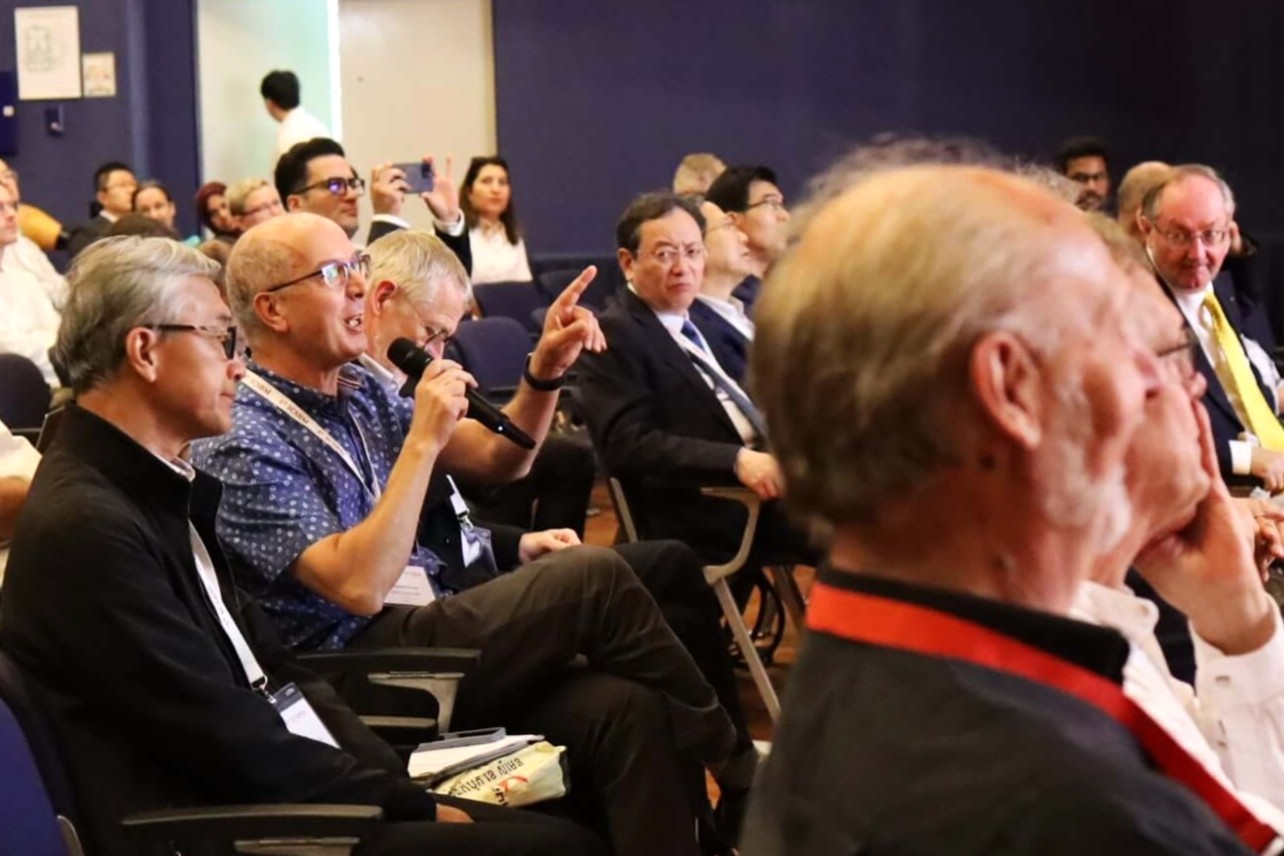
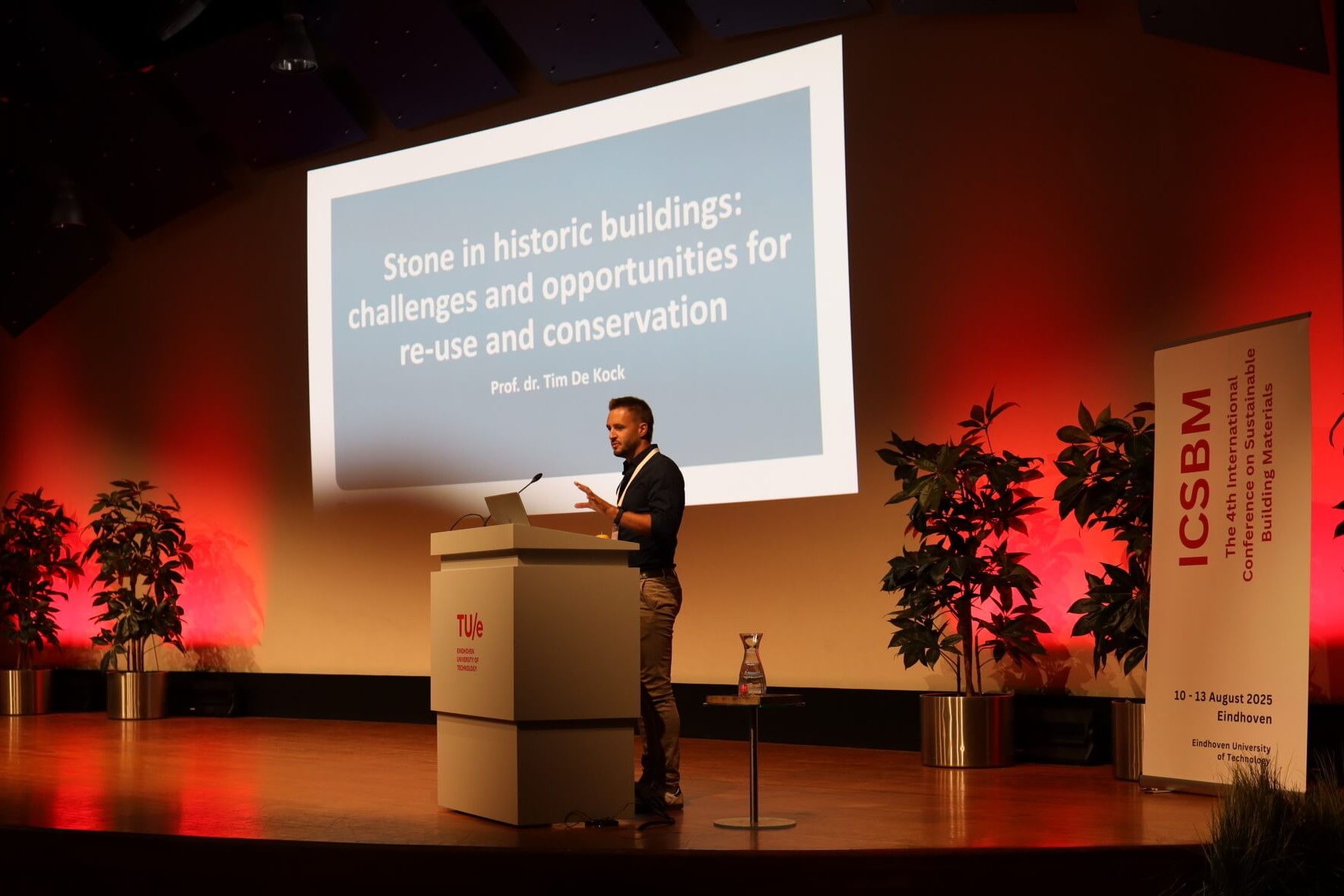
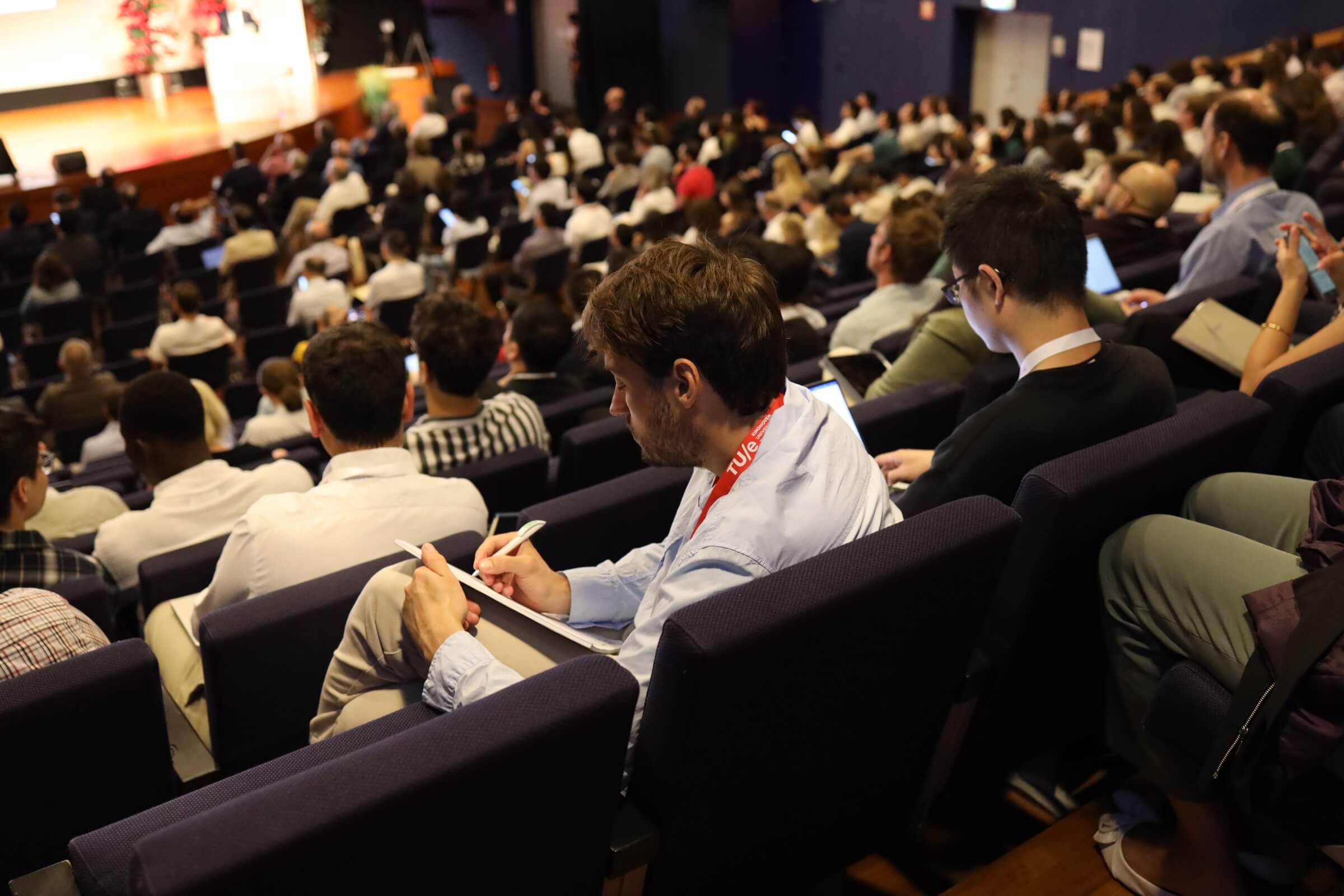
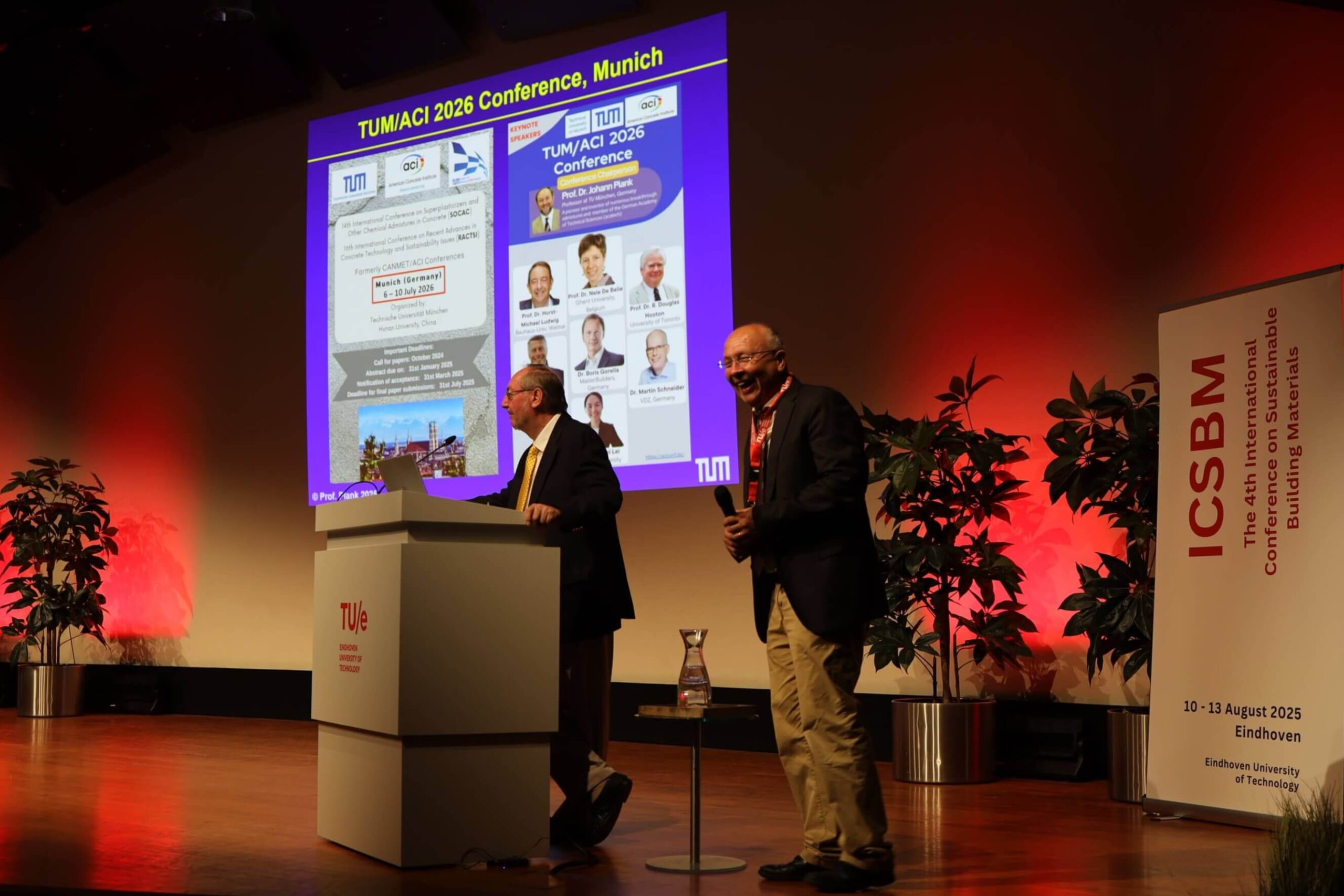
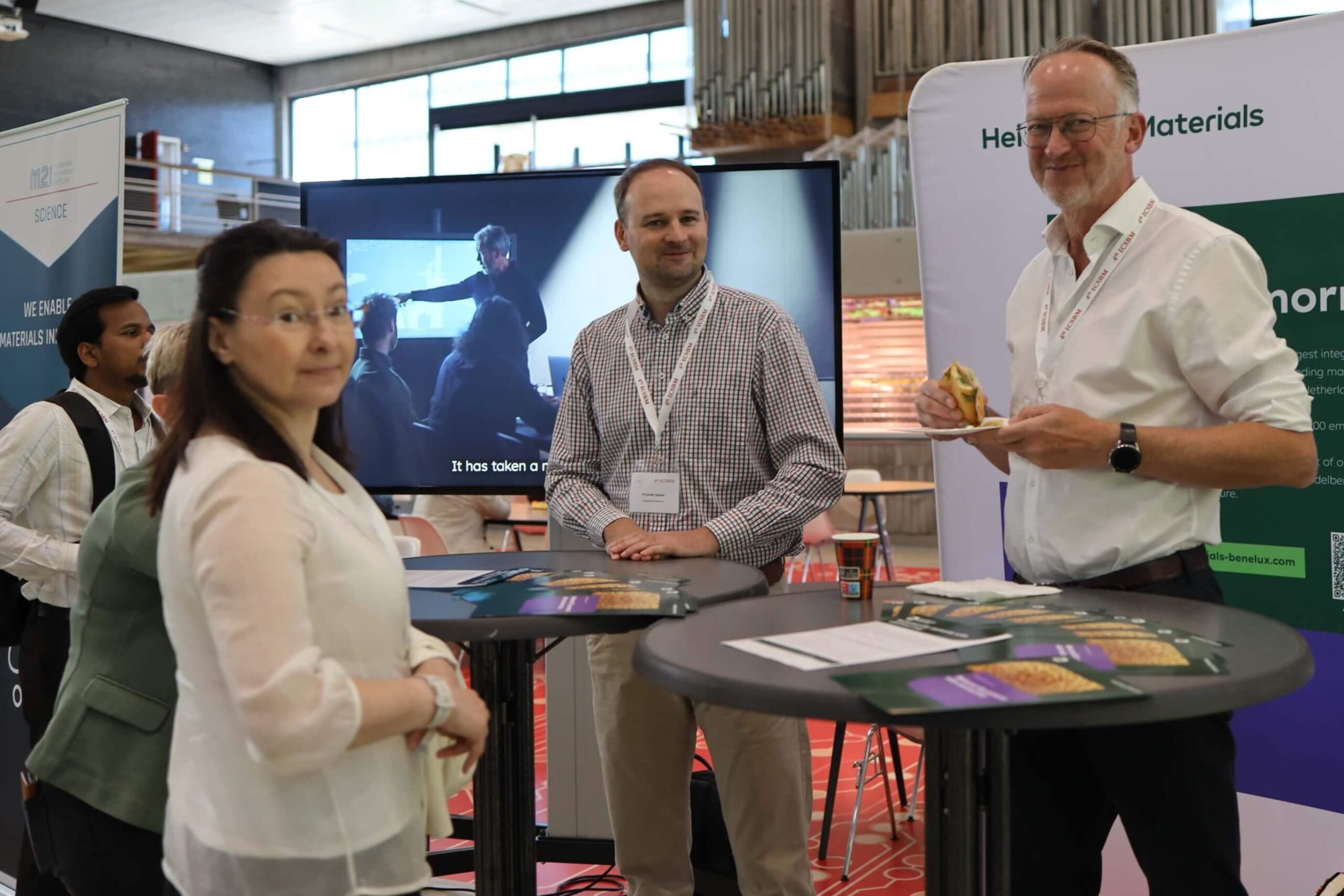
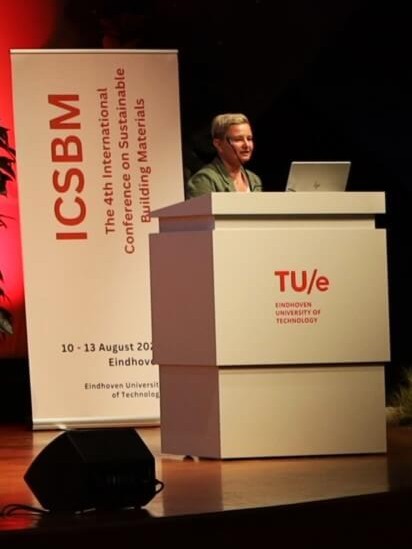 I attended on behalf of the Materials innovation institute (M2i) to present Empowering Collaboration: Research & Funding Strategies for Sustainable Building Materials. I stressed that innovation alone will not transform construction; even promising materials risk staying in the lab without a clear path to large-scale use. This demands early collaboration between academia and industry, aligning research with practical needs and preparing for adoption. Such collaboration is not theoretical — it delivers results.
I attended on behalf of the Materials innovation institute (M2i) to present Empowering Collaboration: Research & Funding Strategies for Sustainable Building Materials. I stressed that innovation alone will not transform construction; even promising materials risk staying in the lab without a clear path to large-scale use. This demands early collaboration between academia and industry, aligning research with practical needs and preparing for adoption. Such collaboration is not theoretical — it delivers results.
One example came in the keynote by Sieger van der Laan from Tata Steel, who presented findings from an M2i-coordinated project on BOF steel slag valorisation. His work demonstrated how structured partnerships and targeted funding can transform industrial by-products into sustainable construction materials with both economic and environmental benefits. Another example arose during the session presentations with Dr. Nataliya Lushnikova, which also highlighted the Swift Reconstruction of Ukraine 2026 initiative. While M2i is not directly involved in this reconstruction effort, C2CA — a partner in several of our collaborative projects — plays a key role. Technologies developed through our joint research will be applied in real-world recovery work, illustrating how the impact of M2i’s efforts can reach far beyond the projects we coordinate, influencing innovation and implementation across the broader construction materials community.
Keynote Highlights – Three Presentations of Particular Interest
Among the many high-quality sessions, three contributions stood out for their scientific depth, interest to M2i community and potential for real-world application. These talks, though different in scope, together illustrated the breadth of approaches being pursued to make construction materials more sustainable.
- Prospect for Steel Slag (BOF) as Building Material – Sieger van der Laan, Tata Steel/CarbonsAI B.V., TU/e,
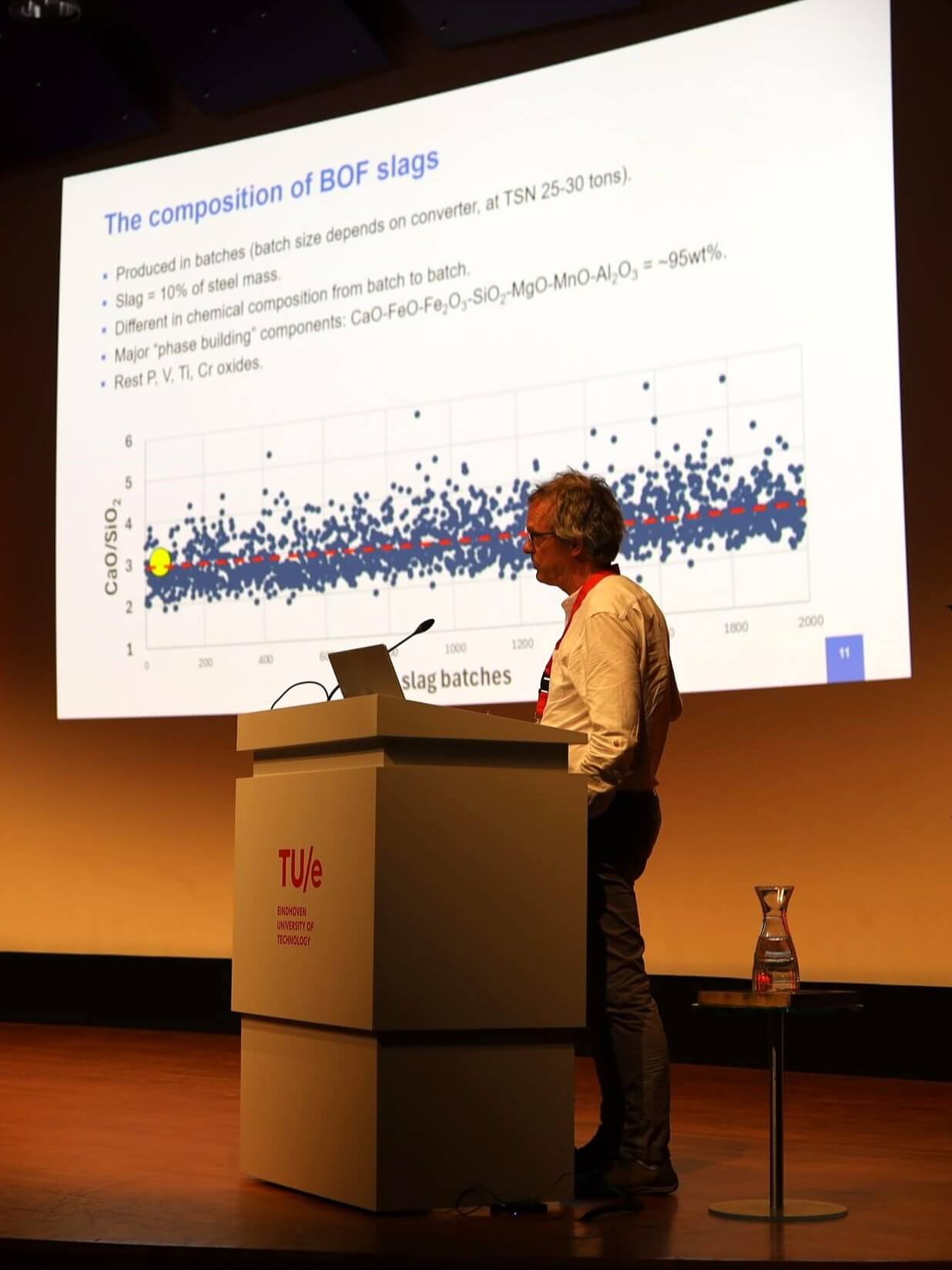 Eindhoven
Eindhoven
Steel slag from basic oxygen furnaces (BOF) is an abundant by-product, often stockpiled or used in low-value applications. In his keynote, Sieger van der Laan made a strong case for its use as a mainstream construction material, drawing on his work at Tata Steel and CarbonsAI, as well as results from an M2i-coordinated project with TU/e and industry partners on BOF slag valorisation.
He outlined the slag production process and its mineralogical composition, noting phases beneficial for cementitious use. Research is addressing free lime and magnesia, which cause instability, and examining leaching to meet environmental standards. A techno-economic assessment showed that, under certain processes, steel slag can compete with conventional aggregates and supplementary cementitious materials. Sieger also presented it as an example of industrial symbiosis, linking the steel and construction sectors in a circular economy. The Q&A revealed both interest and caution, with questions on durability, compositional variability, and compatibility with existing standards.
- Microstructural Modelling: From Alite Hydration to ITZ of Blended Cements – Prof. Shashank Bishnoi, Indian Institute of Technology Delhi
Shifting from material sourcing to microstructural understanding, Prof. Shashank Bishnoi delivered a keynote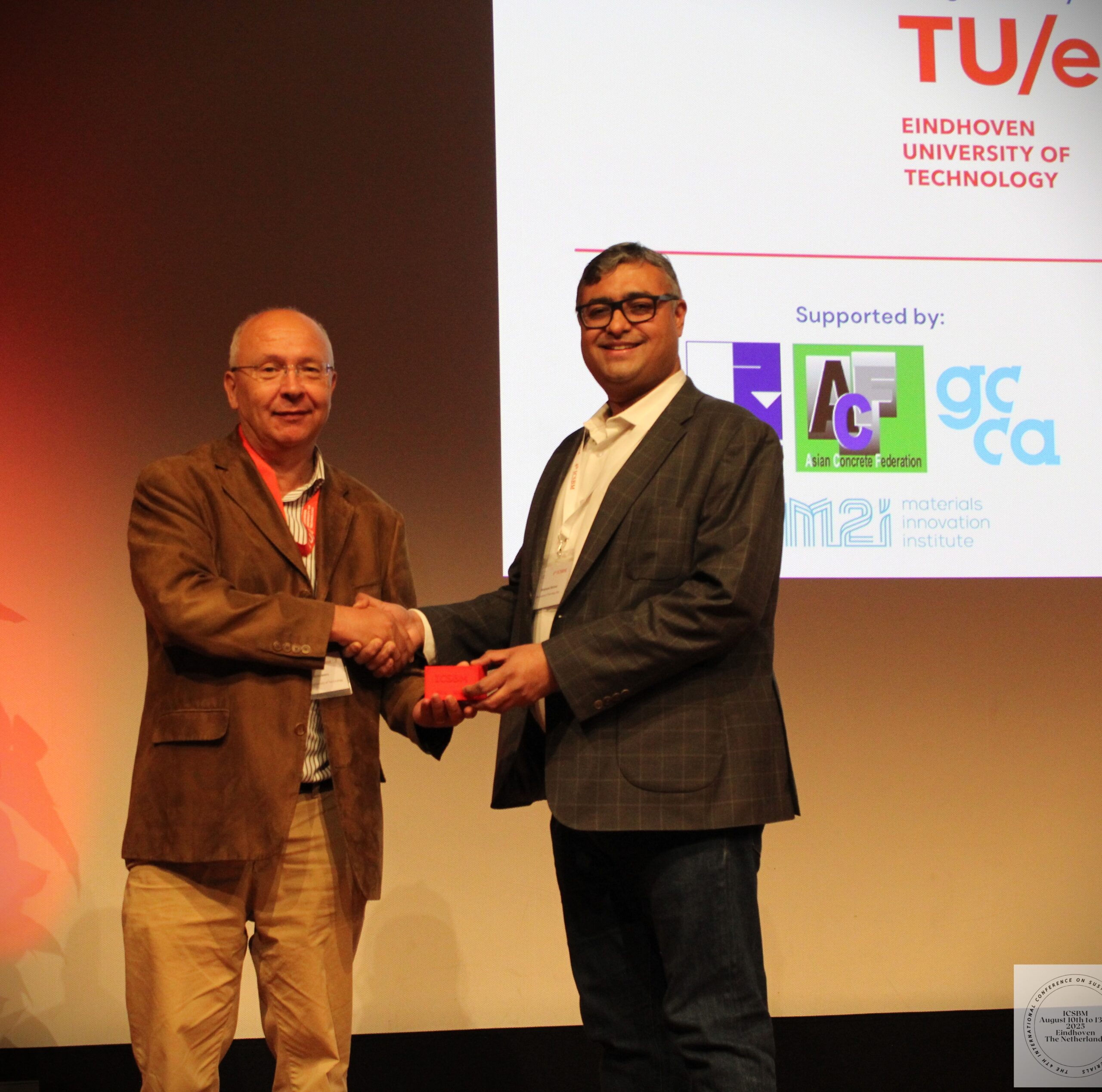 highlighting the power of modelling in cement and concrete research. Using advanced simulations, his team links hydration chemistry at the microscopic scale to the mechanical and durability properties of blended cements. He introduced alite hydration kinetics and the formation of C-S-H, then examined the interfacial transition zone (ITZ) — often the “weak link” in concrete. By modelling ITZ evolution in various blends, the research revealed how mix composition influences permeability, shrinkage, and durability. Importantly, the models were validated with experimental data, creating a predictive tool for designing new binders before full-scale production.
highlighting the power of modelling in cement and concrete research. Using advanced simulations, his team links hydration chemistry at the microscopic scale to the mechanical and durability properties of blended cements. He introduced alite hydration kinetics and the formation of C-S-H, then examined the interfacial transition zone (ITZ) — often the “weak link” in concrete. By modelling ITZ evolution in various blends, the research revealed how mix composition influences permeability, shrinkage, and durability. Importantly, the models were validated with experimental data, creating a predictive tool for designing new binders before full-scale production.
Bishnoi’s approach is a multi-scale model, comparable in concept to pixel- and vector-based graphic software. The algorithm, developed in a “vector-based” framework, enables effective switching between different length scales — a persistent challenge in multi-material modelling. Although the specific case presented focused on cementitious systems, the methodology could be apply to metals as well, a main area of interest for the M2i community.
- Combined Activation Strategies for Recycled Concrete Fines as a Mineral Admixture for Portland Cement – Dr. Nataliya Lushnikova, Eindhoven University of Technology
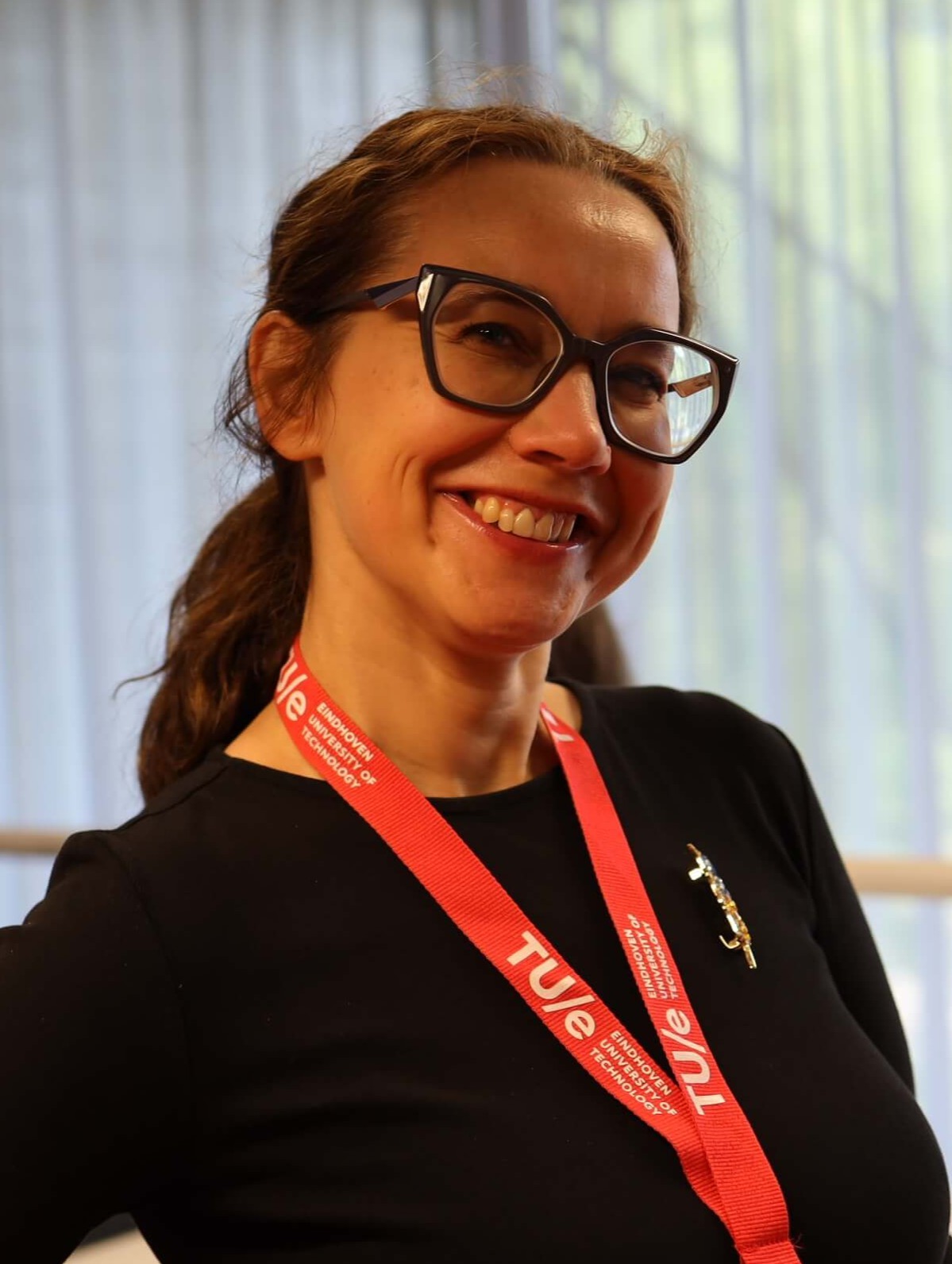
Dr. Lushnikova’s presentation combined technical relevance with societal impact. From the Netherlands and Ukraine, she is tackling the challenge of vast quantities of concrete rubble from destroyed buildings, particularly in conflict zones. Her work focuses on recovering fine fractions (<1 mm) from demolished concrete and enhancing their reactivity through thermal (up to 600 °C) or chemical (e.g., sodium chloride) activation. These upgraded fines can partially replace clinker in new cement, lowering CO₂ emissions while aiding reconstruction. Laboratory tests showed 28-day compressive strengths above 50 MPa for certain mixes, underscoring both technical feasibility and immediate applicability in rebuilding Ukraine. By linking circular economy principles to post-war recovery, the project shows how materials science can directly support societal resilience.
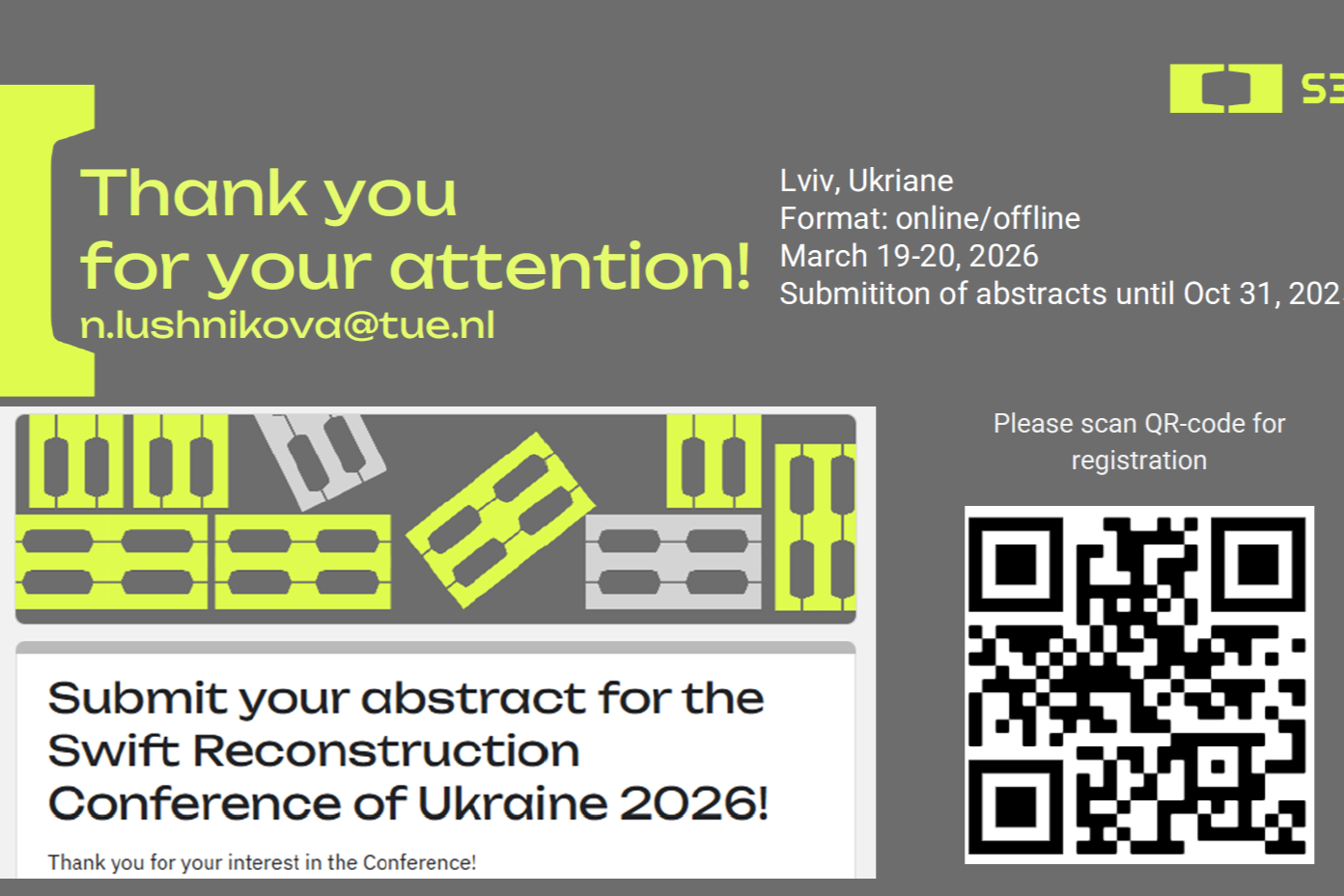 She closed by announcing the Swift Reconstruction of Ukraine 2026 conference, to be held in Lviv on 19–20 March 2026, with participation possible in person or online. For those interested in innovative construction solutions, post-war recovery, or circular use of building materials, the conference offers a chance to engage with practitioners and researchers directly involved in Ukraine’s reconstruction. More details, including the call for abstracts (deadline: 31 October 2025), are available here: Register here.
She closed by announcing the Swift Reconstruction of Ukraine 2026 conference, to be held in Lviv on 19–20 March 2026, with participation possible in person or online. For those interested in innovative construction solutions, post-war recovery, or circular use of building materials, the conference offers a chance to engage with practitioners and researchers directly involved in Ukraine’s reconstruction. More details, including the call for abstracts (deadline: 31 October 2025), are available here: Register here.
Broader Impressions – The Value of ICSBM and concluding thoughts
ICSBM 2025 was more than a series of presentations. Its range — from bio-based materials and geopolymers to durability, recycling, and policy — reflected the complexity of sustainability challenges. Networking during breaks and receptions proved equally valuable, enabling informal but productive exchanges that sparked deeper discussions and potential collaborations. For M2i, the event reaffirmed the value of engaging in international dialogues, directly supporting our mission to connect academia and industry through collaborative, publicly funded, research.
For me personally, the conference was both an opportunity to share M2i’s perspective on collaborative innovation and a chance to learn from leading experts tackling similar challenges from different angles. It was a reminder that while the technical complexity of our field can be frightening, the shared commitment to progress — visible in every presentation and conversation — is a powerful driver of change.
As the sector moves forward, forums like ICSBM will remain essential. They are the spaces where ideas are tested, challenged, and refined, where partnerships are forged, and where the vision of a low-carbon, high-performance construction sector becomes more tangible.
The 2025 edition in Eindhoven closed with the announcement that the 5th International Conference on Sustainable Building Materials will be hosted by Wuhan University, China, in 2027. This will be another important opportunity for the community to reconvene, exchange knowledge, and set priorities for the years ahead. For M2i, the event underscored the importance of active participation in international dialogues, directly supporting our mission to connect academia and industry through collaborative, often publicly funded, research. Looking ahead to ICSBM 2027, there is a sense of anticipation — not only to continue these conversations but to see how the ideas shared in Eindhoven will have evolved into new projects, partnerships, and tangible impacts in the built environment.
Written by: Viktoria Savran
